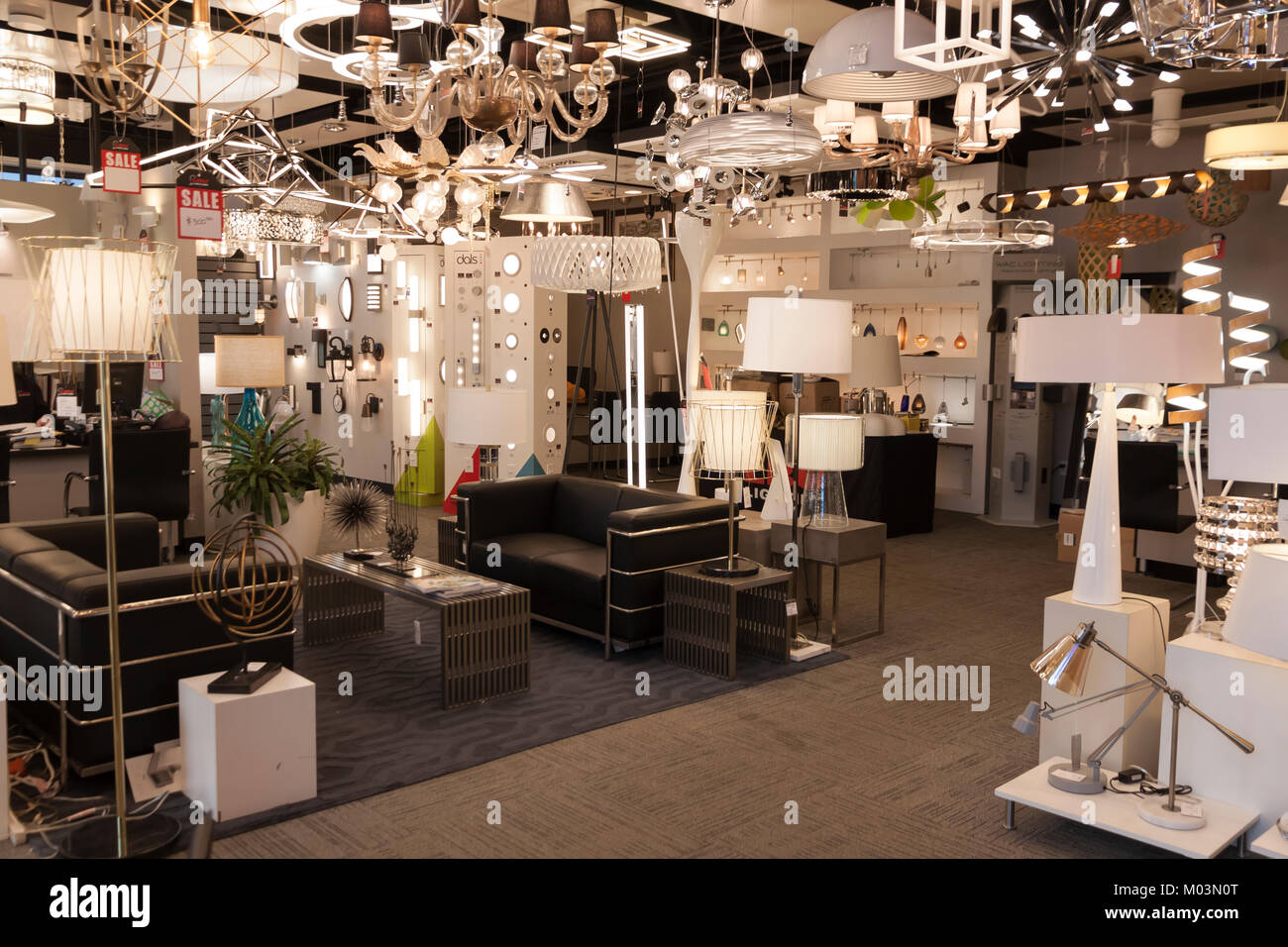Discover the Best Lighting Store Melbourne Has to Offer
Discover the Best Lighting Store Melbourne Has to Offer
Blog Article
The Ultimate Overview to Selecting Energy-Efficient Illumination Options

Recognizing Energy-Efficient Lighting Technologies
When taking into consideration energy-efficient lights options, it is necessary to understand the different modern technologies available in the market today. LED (Light Sending out Diode) lights stands out as a preferred selection due to its high energy efficiency and long life-span contrasted to traditional incandescent or fluorescent bulbs. It is vital to consider aspects such as power efficiency, life-span, light high quality, and first expense when picking the most suitable energy-efficient lighting innovation for a certain application.
Calculating Power Savings Prospective
To examine the possible power savings attainable with the fostering of energy-efficient lighting modern technologies, it is crucial to conduct thorough computations based on variables such as energy consumption, operational hours, and the particular qualities of the illumination choices being taken into consideration. lighting store melbourne. Computing power financial savings possible entails establishing the existing power intake of existing lights systems and contrasting it to the forecasted energy consumption of the energy-efficient alternatives present. This comparison enables a clear estimation of the possible power cost savings that can be recognized
Operational hours play an essential role in these calculations, as lights systems that are utilized for prolonged periods will certainly profit much more from energy-efficient options. In addition, taking into consideration the certain qualities of different lights innovations, such as lumens per watt and life expectancy, is important for properly anticipating energy savings.
## Factors to Consider When Selecting Lights
Think about these key variables when choosing illumination alternatives for ideal power effectiveness and performance. To start with, evaluate the lights requirements of the space. Various locations need differing levels of lights intensity, shade temperature level, and distribution. Understanding the function of the lights will assist determine the most ideal fixtures and bulbs for the location.
Secondly, consider the energy effectiveness of the lights alternatives. Look for fixtures and bulbs with high lumens per watt (lm/W) scores to make sure optimal light result with minimal energy consumption. LED lighting, as an example, is known for its power effectiveness and lengthy life expectancy compared to typical incandescent or fluorescent choices.
Additionally, review the upkeep requirements of the lighting components. Choose components that are simple to tidy and maintain to guarantee constant efficiency over time. Choosing long lasting components that require minimal upkeep can help in reducing long-term upkeep prices and make certain the lights system runs effectively.
Lastly, take into consideration the ecological effect of the lighting alternatives. Select fixtures and bulbs that are energy-efficient and eco-friendly, such as those with recyclable elements or decreased carbon exhausts. By prioritizing sustainability in your lighting options, you can add to a greener future while delighting in the benefits of energy-efficient illumination services.

Contrast of Different Illumination Options
In assessing the aspects affecting lighting choice for power efficiency and performance, it comes to be vital to contrast the various illumination options offered in the marketplace. LED lighting sticks out as one of one of the most energy-efficient selections due to its long life-span and reduced energy consumption. LEDs are flexible, using an array of shade temperatures and dimming abilities, making them appropriate for different setups. In addition, portable fluorescent lights (CFLs) provide a more energy-efficient alternative to conventional incandescent light bulbs, although they include little amounts of mercury. Halogen incandescent light bulbs use improved energy effectiveness contrasted to conventional incandescent bulbs, but they are much less effective than CFLs and leds. An additional option to think about is fluorescent tubes, frequently made use of in commercial and industrial settings because of their high effectiveness and durability. When comparing lighting options, factors such as power efficiency, life expectancy, color temperature, and environmental influence needs to be meticulously taken into consideration to make a notified choice based upon particular illumination needs and priorities.
Tips for Implementing Energy-Efficient Illumination
When wanting to improve energy effectiveness through illumination selections, carrying out strategic find here illumination controls can considerably reduce energy intake. One effective idea for implementing energy-efficient illumination is to make use of occupancy sensors. These sensing units discover activity within an area and immediately transform lights on or off, guaranteeing that lights are just in use when needed. In addition, daytime sensors can be integrated to readjust lighting levels based upon all-natural light schedule, further enhancing power use.
An additional tip is to consider utilizing dimmer switches. Dimming lights not only creates ambiance and flexibility in lighting levels but also helps save energy by reducing the amount of electricity consumed. Choosing energy-efficient light bulbs such as LEDs or CFLs can make a substantial difference in power financial savings. LEDs, in certain, are understood for their durability and low energy intake contrasted to standard incandescent bulbs.
Conclusion
In click to investigate conclusion, selecting energy-efficient lighting alternatives is critical for decreasing energy intake and prices. Implementing energy-efficient illumination not just profits the setting but also leads to long-lasting expense financial savings and boosted lights quality.
To evaluate the prospective energy savings attainable with the fostering of energy-efficient lighting innovations, it is critical to perform extensive calculations based on aspects such as energy consumption, operational hours, and the specific qualities of the illumination choices being thought about (lighting store melbourne).In examining the aspects affecting illumination choice for energy efficiency and performance, it becomes important to compare look at here the various lighting alternatives readily available in the market. When contrasting illumination options, factors such as power performance, life expectancy, color temperature, and ecological influence should be carefully taken into consideration to make an educated decision based on particular lighting demands and concerns
When looking to enhance power effectiveness through lights selections, executing strategic lights controls can substantially minimize energy intake. Executing energy-efficient lighting not just benefits the setting however additionally leads to long-lasting cost financial savings and improved lights high quality.
Report this page